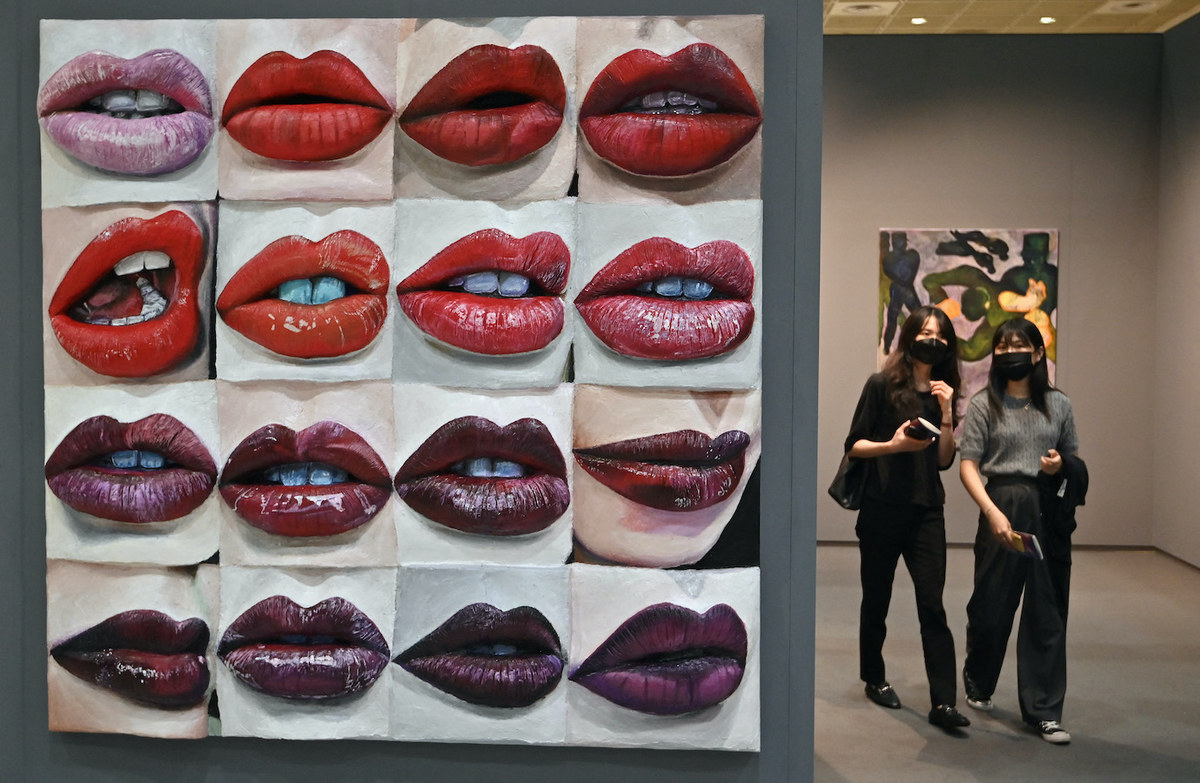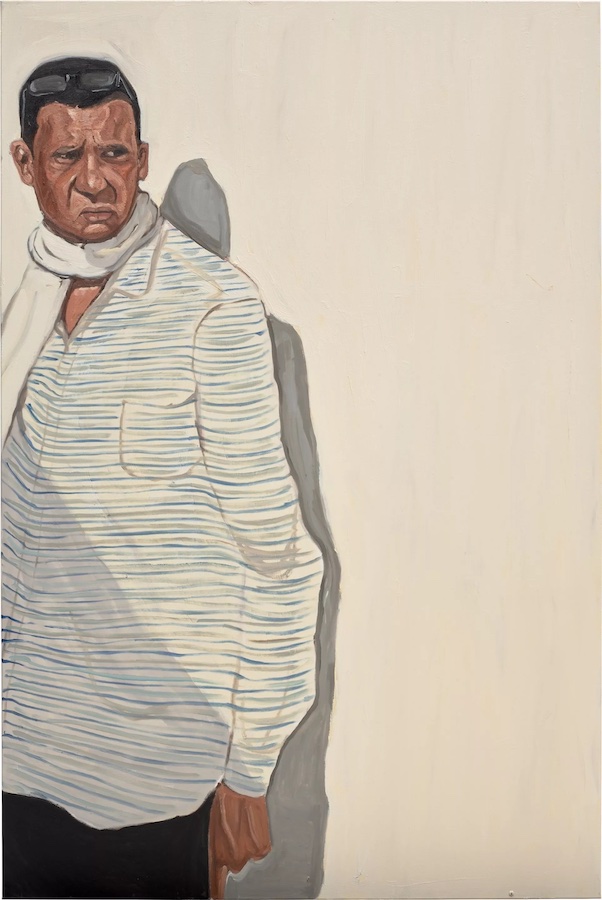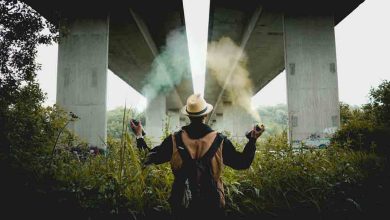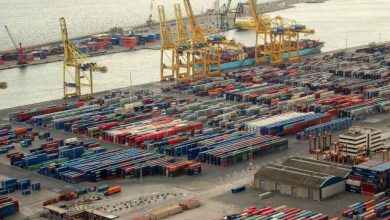Life Style: REVIEW: ‘The Last of Us’ — Can HBO’s video-game adaptation live up to expectations?

DUBAI: The executive director of Art Dubai, Benedetta Ghione, picks five trends that will dominate this year’s art.
The evolution of digital art
The digital art world has undergone a huge transformation in the last few years, for reasons including the growth in the online art market, the COVID-19 pandemic, and the increased adoption and affordability of new technologies. The boom in NFT art has dominated the headlines, and the hype has somewhat overshadowed some of the most important changes. Innovators, artists and creatives have always been early adopters — and adapters — of new technologies, and that trend will continue as the market stabilizes and the tech becomes more mainstream. We set up Art Dubai Digital in March 2022 precisely because these things change very quickly and in order to give our visitors a snapshot of what’s happening at the moment in a space that they may read about but may not fully understand. I think many people will be surprised to see that Art Dubai Digital, which debuted last year, has expanded for 2023 in spite of the recent challenges in the crypto sector. That points to it being here to stay.
Painting as a ‘safe bet’ and greater diversity
In tricky economic times, there’s always a shift in the market towards painting and wall-based artwork as people take fewer risks. It happened in the Nineties, after 2008, and now we’re seeing something similar. In recent years there’s been a move towards the “next big thing,” with younger artists selling for record prices. In 2023, we’ll see that market cool, with collectors putting more consideration into their purchases. There’s also been a move towards greater diversity and representation in institutional and private art collections in recent years, which I hope will continue.

Shifts in the Asian markets
Historically, the Asian art market has been dominated by China but we’re seeing a shift towards a multi-market model as cities recognize the importance of culture and new players enter the market. Hong Kong and Taiwan remain relatively challenging for international art businesses, but we’ve seen important new initiatives start in, among other places, Seoul (through the arrival of Frieze Seoul in September, which shone a spotlight on an already very well-developed art sector there); Singapore, with the delayed ART SG which is attracting a lot of attention, and Tokyo. This creates opportunities for other cities, including Dubai — we are very well-situated, on the doorstep of some of the most exciting Asian centers, yet still close to Europe.

Further growth in Gulf market
The art and culture scene in the UAE has developed enormously and there are many great grassroot initiatives that are maturing, including both commercial and non-profit philanthropic initiatives. Dubai is now home to multiple generations of collectors from all over the world and is increasingly home to artists from across the region. In the last 12 months several major international galleries have opened in Dubai. Having a base here enables these businesses to work across the region, supporting the building of relationships with artists, institutions and collectors from across the whole Gulf region.
Collaboration
Collaboration is essential in any business, but particularly so in the art world and in a market with such energy. Historically, the market has been dominated by a few major centers, but it’s rapidly becoming more globalized. Capacity building does take time, but it also takes people working together to common goals. The early art fairs (which played a big role in internationalizing the art market) were collaborations between galleries, a model which still exists in some centers, and has been reinvigorated through gallery weekends — notably in Berlin, and most recently in Tokyo and London. It’s always been important to work with partners across the sector, and this is something we continue to take very seriously.
Noting that the news was copied from another site and all rights reserved to the original source.
xnxx,
xvideos,
porn,
porn,
xnxx,
Phim sex,
mp3 download,
sex 4K,
Straka Pga,
gay teen porn,
Hentai haven,
free Hentai,
xnxx,
xvideos,
porn,
porn,
xnxx,
Phim sex,
mp3 download,
sex 4K,
Straka Pga,
gay teen porn,
Hentai haven,
free Hentai,




